Why do pigs benefit from copper?
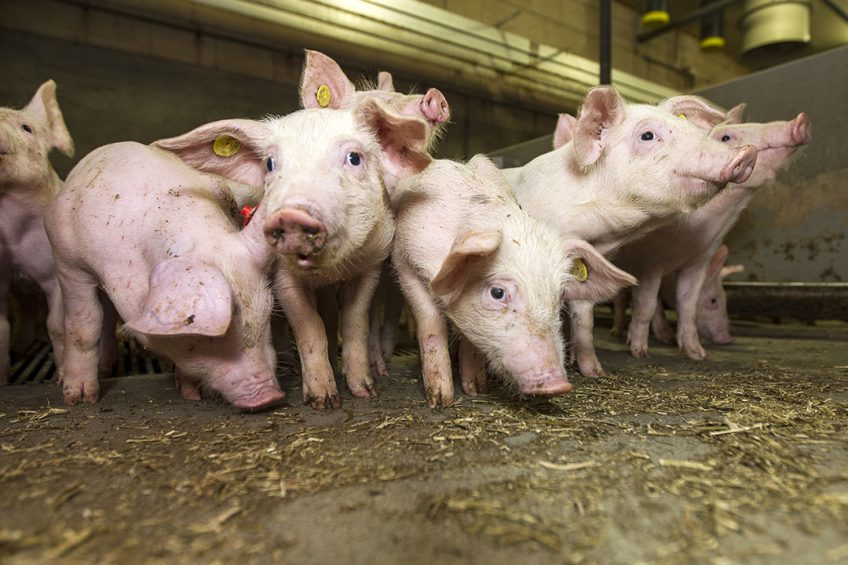
US researchers have shed additional light on why copper benefits the pig’s Feed Conversion Rates (FCR).
Research from the University of Illinois at Urbana-Champaign, IL, USA, in cooperation with the company Micronutrients shows copper does not change fat and energy absorption from the diet. Instead, according to new research, the element seems to enhance pigs’ ability to utilise fat after absorption, resulting in increased energy utilisation of the entire diet.
Enhancing metabolism of fat
Dr Hans H. Stein, professor in the university’s Department of Animal Sciences, is co-author of a recent study in the peer-reviewedJournal of Animal Science. In a news release by the university, he said, “Our results indicate copper hydroxychloride is enhancing metabolism of fat, and that’s how the pigs get more energy. And that, we believe, can explain why pigs have better Feed Conversion Rates when we feed this copper source in the diets.”
In the study, Prof Stein and his collaborators fed 32 pigs of roughly 15kg either of the following 2 diets. Both primarily contained corn, soybean meal, and distillers dried grains with solubles (DDGS), but:
- The control diet contained only 20 mg of copper chloride/kg.
- An experimental diet was identical, but also contained 150 mg of copper hydroxychloride/kg.
ADG and FCR showed improvement
Pigs consuming the experimental diet experienced greater average daily gain (ADG) and gain-to-feed ratio, representing better feed conversion and economic savings for producers.

The article on the university’s website explained how Prof Stein’s previous work showed fat and energy digestibility did not change with inclusion of similar rates of copper hydroxychloride. So, to really understand copper’s effects on post-absorptive fat metabolism, the researchers evaluated gene expression in tissue samples from the pigs.
Prof Stein commented, “We saw greater expression of genes involved in lipid metabolism and lipid utilisation in the liver, adipose tissue, and to a lesser degree in the muscle. This indicates that dietary copper may affect signaling pathways associated with lipid metabolism by improving the uptake, transport, and utilisation of fatty acids.”
Questions about copper in the environment
In Europe, Stein remarked, environmental concerns prompt copper regulation in waste streams. That is why understanding copper’s role in pig nutrition is so important. If less copper or a different form with a smaller environmental footprint could fulfill the same biological function, producers could continue to benefit while also protecting the environment.
The original scientific article in the Journal of Animal Science was authored by Charmaine D. Espinosa and Hans H. Stein, attached to the University of Illinois; and R. Scott Fry and Matthew E. Kocher, Micronutrients, Indianapolis, USA.
 Beheer
Beheer

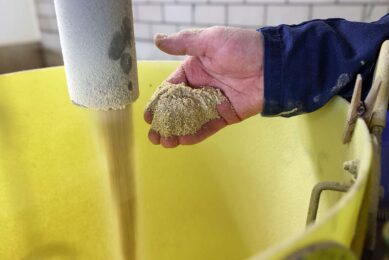
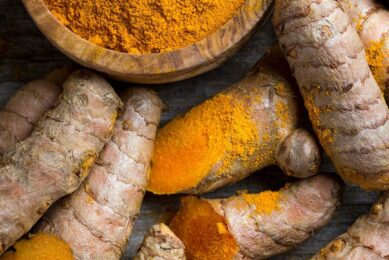
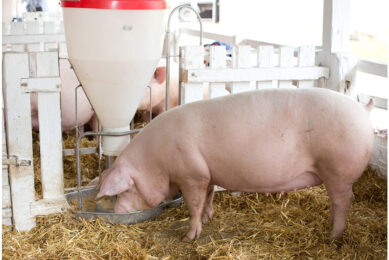
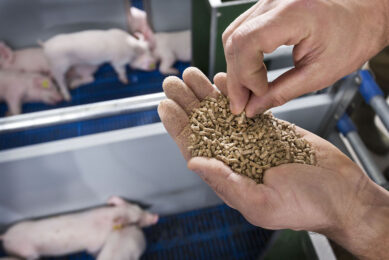



 WP Admin
WP Admin  Bewerk bericht
Bewerk bericht